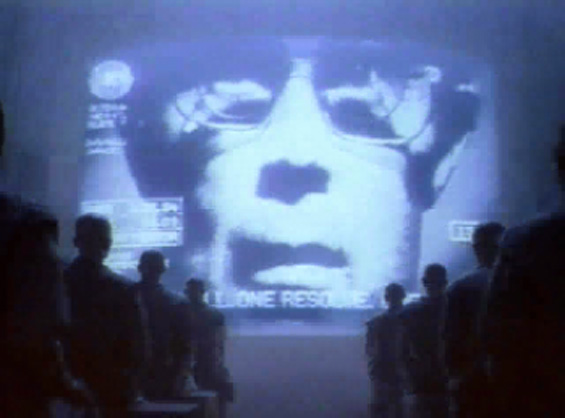 This week brings the news that the Department of Philosophy at San Jose State University has refused a Dean’s request to use Harvard Professor Michael Sandel’s online course on justice in its offerings. The professors, ultimately, are concerned that having their lectures be replaced by the lectures of people like Professor Sandel will be a disservice to students and render the professors themselves unnecessary.
This week brings the news that the Department of Philosophy at San Jose State University has refused a Dean’s request to use Harvard Professor Michael Sandel’s online course on justice in its offerings. The professors, ultimately, are concerned that having their lectures be replaced by the lectures of people like Professor Sandel will be a disservice to students and render the professors themselves unnecessary.
My own sense is that fear of online courses in academia is both pervasive and unwarranted. It’s based on the idea that professors have a monopoly on education, and that undermining that monopoly will, in the long term, undermine a University model that relies on professors to teach.
The problem with that reasoning is that we don’t have a monopoly on education. We never have. Anyone can go to my website, download my syllabi, and read the books and articles that comprise one of my courses. What the University does have, and should fight hard to maintain, is a monopoly on assessment. Employers have a clear idea of exactly what an A- average from The Ohio State University means, and they value it accordingly. As a result, so do parents and students. Farming assessment out to private companies (or, in some large MOOCs, the students themselves) strikes me as an excellent way to undermine the market value that the University provides. As long as we don’t do that, though, I don’t see any threat from treating Professor Sandel’s lectures as texts, in a different medium.
Granted, courses like Professor Sandel’s do challenge us as teachers. They should. Most of the time, most of us deliver our course material with little peer supervision, and as long as course evaluations are high enough, there’s little external incentive to improve. Whatever the merits of the edX contract with San Jose State, Michael Sandel is a superb lecturer. Watching one of his lectures really brings home the extent to which a professor can make potentially dry material lively and relevant. He fills large lecture halls, not because his course is required, but because he’s interesting. The possibility of being shown up by a guy like that is unnerving, but it’s also a healthy goad to get each of us to reconsider how we teach.
How can we best adapt to the new technologies that are changing the face of teaching? I don’t know. That’s a big question, and I’m not sure anyone’s thought through it as thoroughly as they’d need to. For my part, I’m taking a recommendation from my colleague Jan Box-Steffensmeier and “flipping” the normal classroom model for my fall data-analysis class: instead of lecturing and giving homework, I’ll record lectures and put them online, and I’ll work through practical applications with the students in a computer lab. This model will let students listen to lecture material whenever it’s convenient, and it’ll put me in the classroom with them when I most need to be: when they’re experimenting and learning. Because of the way I divide my time, it’ll allow me to enroll considerably more students than I would normally have been able to. It’ll also help to fulfill the University’s public-education mission: anyone will be able to watch the online lectures for free.
I don’t know how it’ll go. Online lectures really aren’t the same as the in-class variety: optimally, they’re faster-paced and more focused, and they work best when they can be broken into chunks of 15 minutes or less. The technology of putting together an online lecture that I, myself, find satisfying is more challenging than I’d thought. I spent time last winter with a smart, motivated group of academics at a Digital First training course in Cupertino, so I think I have a better handle on how to do this than I would have otherwise. But it’ll be a big change.
I’m really looking forward to it.
